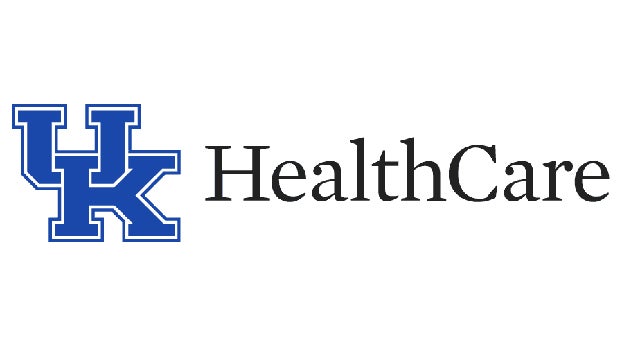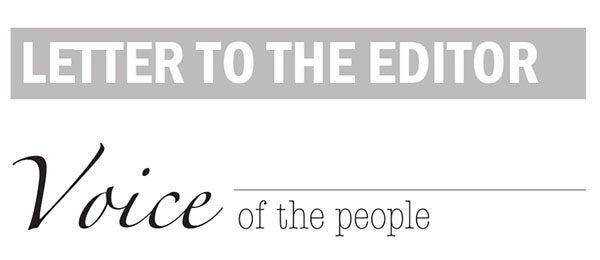Two years in, Shepherd’s House has impressive results
Published 7:23 pm Wednesday, March 13, 2019
EDITORIAL
The Advocate-Messenger
The Shepherd’s House intensive outpatient program has received no shortage of accolades from leaders in Boyle County for its work helping former inmates escape the cycle of addiction, build stable lives and avoid returning to jail. Data from the program’s two-year review released this month bring the results of that work into sharp focus, and it is truly impressive.
The program has had 53 graduates out of 165 people admitted to the program. Those 53 have combined to complete close to 6,000 hours of community service and 22,000 hours of group therapy, according to Program Director Roger Fox. And 40 of those 53 have not returned to jail since graduating.
That’s 40 people whose lives have been turned around, who are no longer part of the depressing cycle of recidivism, who are living successful lives and contributing to the communities they live in. If the program continued at the same pace for another two years, the number of successful graduates would grow to 80; after five years, it would be 200.
Those numbers can have a huge impact considering how many people are held in the jail on a daily basis — often between 220 and 260 in recent months; 216 on Wednesday.
But the program is actually growing in more ways than one. In the first two months of this year, 14 new clients have been admitted, putting the program on-pace to admit 84 during 2019, which is an increase of more than 20 percent over 2018.
And private clients who aren’t in jail can now ask Shepherd’s House for help with their drug abuse problem before they get in trouble with the law. That’s increasing the program’s reach, and it’s saving taxpayer money. In February, private clients paying for Shepherd’s House services knocked $2,000 off the program’s $18,000 bill.
But even the cost of the program actually represents savings for taxpayers. The program has already saved Boyle and Mercer counties an estimated $209,000 compared to what it would have cost to keep clients in the jail.
When someone is incarcerated in the Boyle County Detention Center, it costs about $32 a day; when they are released to participate in the Shepherd’s House program, it only costs $14 a day. In the 24 months Shepherd’s House has been operating, clients spent 19,110 days in the program instead of in jail. It could have cost $611,520 to keep those people in jail; instead it cost $402,000 to give them chances at rehabilitation. And these figures don’t begin to address how much savings may be realized when people who used to be regular visitors to the jail stop coming back in.
This demonstrated affordability is one of the most promising aspects of the program. It would be one thing to discover a wildly successful rehabilitation program that cost an arm and a leg to implement. It’s an entirely different game and far more exciting to find such a program that actually reduces cost.
The Shepherd’s House is by no means a magic bullet that will cure our drug epidemic. But it is one of if not the most successful tool we’ve come up with so far.





